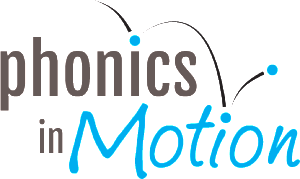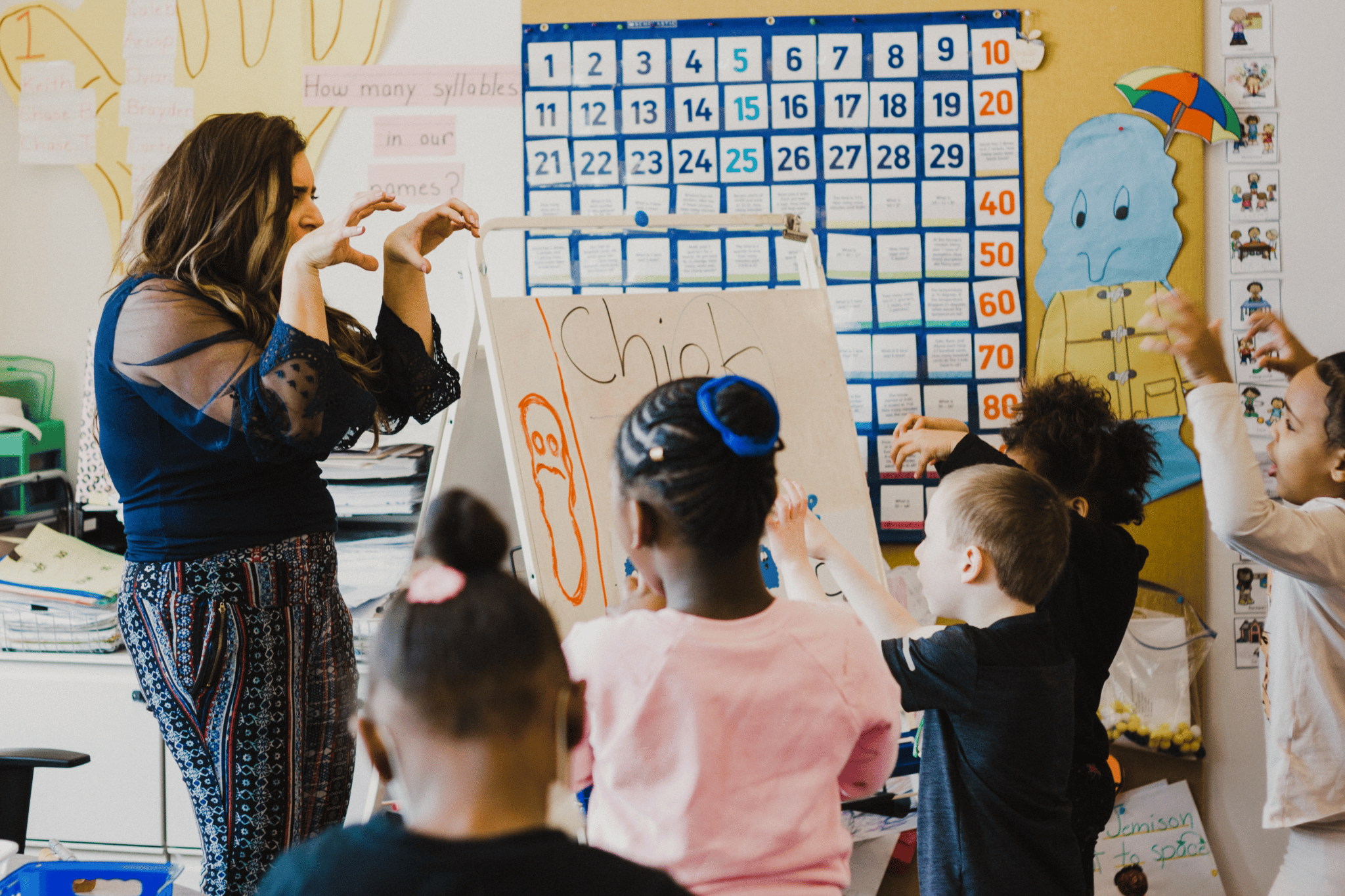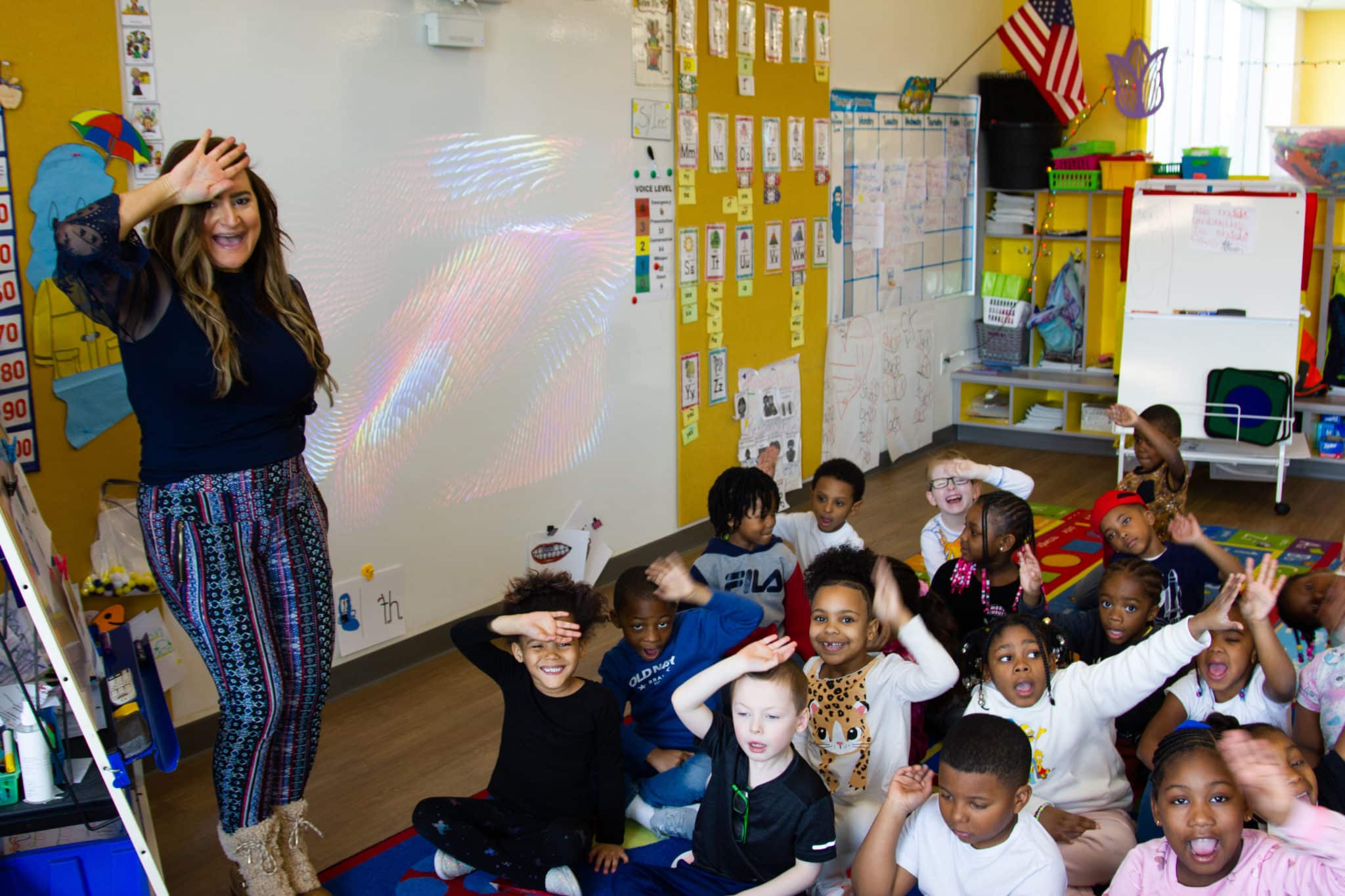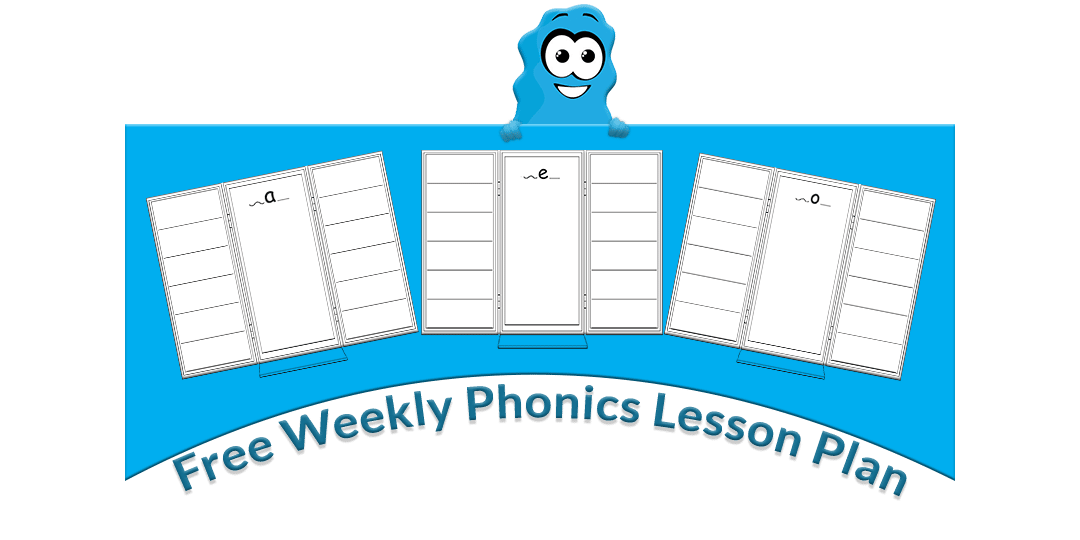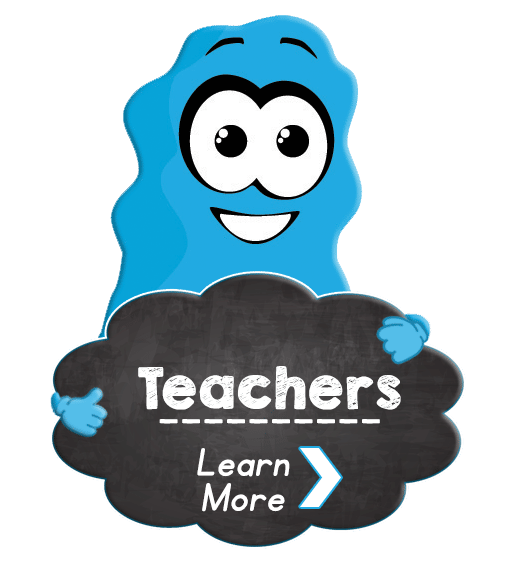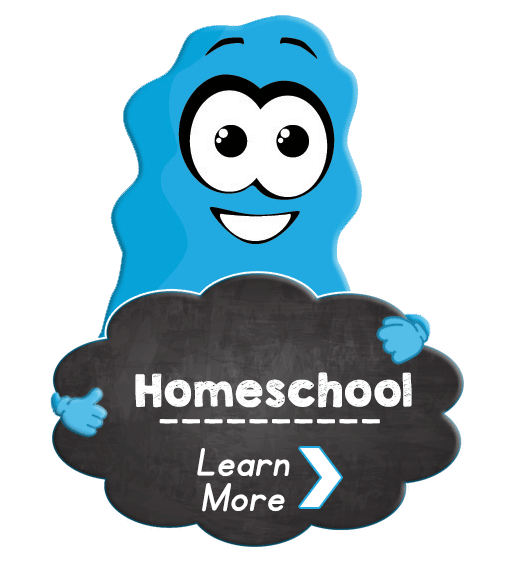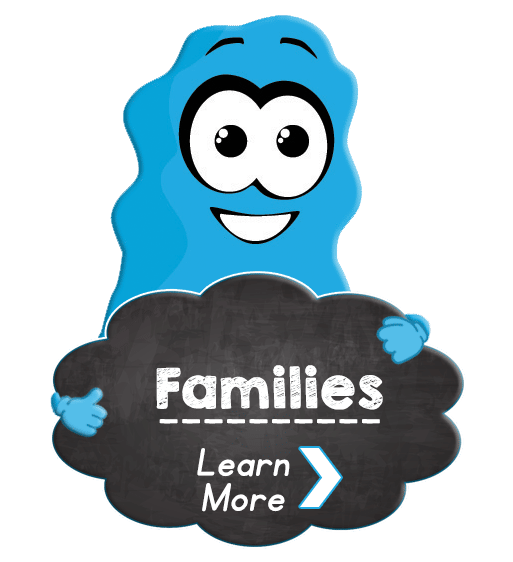The Role of Play In Teaching Children How To Read
Play is an important aspect of children’s development, and it can also play a crucial role in teaching children how to read.
Many reading and writing programs are designed for teachers, not students. This leads to confusing language, activities that don’t make sense to kids, and children being left behind because their current skill level doesn’t fit the curriculum.
Through play, children can explore and experiment with language, build their vocabulary and phonemic awareness skills, and develop their reading fluency and comprehension.
The Benefits of Play in Teaching Children How To Read
Play is a natural and engaging way for children to learn, and it is an essential part of their development. When children play, they have the opportunity to use their imagination, creativity, and problem-solving skills, which helps to build their cognitive, social, and emotional development. Studies suggest that guided play is an effective tool in education.
In the context of learning to read, play can provide children with the opportunity to practice and apply the skills and concepts they are learning in a more natural and less formal setting.
Overall, play is an important aspect of development and can play a crucial role in teaching children how to read. By providing children with opportunities to play and engage with language in a fun and enjoyable way, educators and parents can support their language and literacy development and help them become confident and proficient readers.
Benefit 1. Vocabulary and Phonemic Awareness Development
Play is a natural way for children to learn new words and practice their phonemic awareness skills. Through play, children can experiment with language and learn new words in a fun and engaging way. For example, children can play rhyming games and build their phonemic awareness skills by identifying words that rhyme or begin with the same sound.
Benefit 2. Fluency and Comprehension Development
Play can help children to develop their reading fluency and comprehension skills. When children are engaged in play, they are more likely to be motivated and interested in reading, which can lead to increased practice and improvement in these areas.
Benefit 3. Encourage A Love Of Reading
Play can also help children develop a love of reading. When children are engaged in activities that are fun and engaging, they are more likely to be motivated to read and learn. By incorporating play into reading instruction, teachers and parents can create a positive and enjoyable learning environment that encourages children to explore and learn.
Play-Based Activities For Teaching Children How To Read
There are many different types of play-based reading activities that teachers and parents can incorporate into their reading instruction. Some examples include:
Activity 1. Word games
Word games are a fun and engaging way for children to practice their phonemic awareness skills and build their vocabulary. Examples of word games include rhyming games, syllable games, and phonics games. Incorporating silly poems and rhymes with Phonics in Motion’s KMPs is a great way to elevate simple games children naturally play.
Activity 2. Storytelling
Storytelling is another type of play that can help children develop their comprehension skills and build their vocabulary. Children can create their own stories or retell stories they have heard or read. If you are using KMPs you can encourage their use during storytelling!
Activity 3. Reading games
There are many different reading games that children can play to practice their reading skills. These games can be tailored to different age groups and reading levels and can be played alone or with a group.
Tips for Incorporating Play into Reading Instruction
There are several ways that teachers and parents can incorporate play into reading instruction, including:
Tip 1. Make reading fun
The most important thing is to make reading fun and enjoyable for children. By choosing engaging and age-appropriate materials, teachers and parents can create a positive and enjoyable learning environment that encourages children to explore and learn.
Tip 2. Use a variety of activities
Incorporating a variety of play-based reading activities can help keep children engaged and motivated to learn. Teachers and parents can experiment with different types of activities and find out what works best for their children.
Tip 3. Encourage participation
Encourage children to participate in play-based reading activities by asking them questions and involving them in the decision-making process. Children are more likely to be motivated and engaged when they feel like they have a say in what they are learning.
Tip 4. Make connections to real life
Connecting play-based reading activities to real life can help children see the relevance and importance of what they are learning. For example, if children are learning about plants and animals, they can visit a local garden or park to see these things in action. Context is vital for reading success.
Tip 5. Provide ongoing support and scaffolding
Children may need ongoing support and scaffolding as they learn to read through play. Teachers and parents can provide this support by modeling the desired skills and gradually fading their support as children become more confident and independent. KMPs act as a scaffold that go with the students wherever they go, making it easier for them to incorporate in day-to-day life.
How Phonics in Motion Helps Children Learn Through Play
Phonics in Motion is a comprehensive reading program that uses a multisensory, child-centered approach to teaching children how to read. The program is designed to support children’s literacy development through a series of routines and activities that are designed to be fun and engaging.
With the use of Kinesthetic Motions for the Phonemes (KMPs), children make important connections between letters and the sounds that they make. Each KMP is a 1:1 match for the articulation of a sound, meaning students can properly feel the tension of how sounds are produced. This makes teaching children how to read immensely easier for teachers and parents alike.
Since Phonics in Motion takes a child-centered approach to teaching children how to read, all literacy routines are designed with how kids learn in mind. This means using child-friendly language, catering to their interests, and helping them learn context all within play-inspired activities.
Phonics in Motion weaves all five pillars of literacy together in short, kid-friendly, high-energy lessons. This means learning gaps are reduced and teachers (or homeschool families!) can rely on one program to cover a research-backed scope and sequence.
Conclusion
By incorporating play into reading instruction, teachers and parents can create a positive and enjoyable learning environment that encourages children to explore and learn.
Through play, children can build their vocabulary and phonemic awareness skills, develop their reading fluency and comprehension, and develop a love of reading. By using a variety of play-based reading activities and providing ongoing support and scaffolding, teachers and parents can help children become proficient readers.
